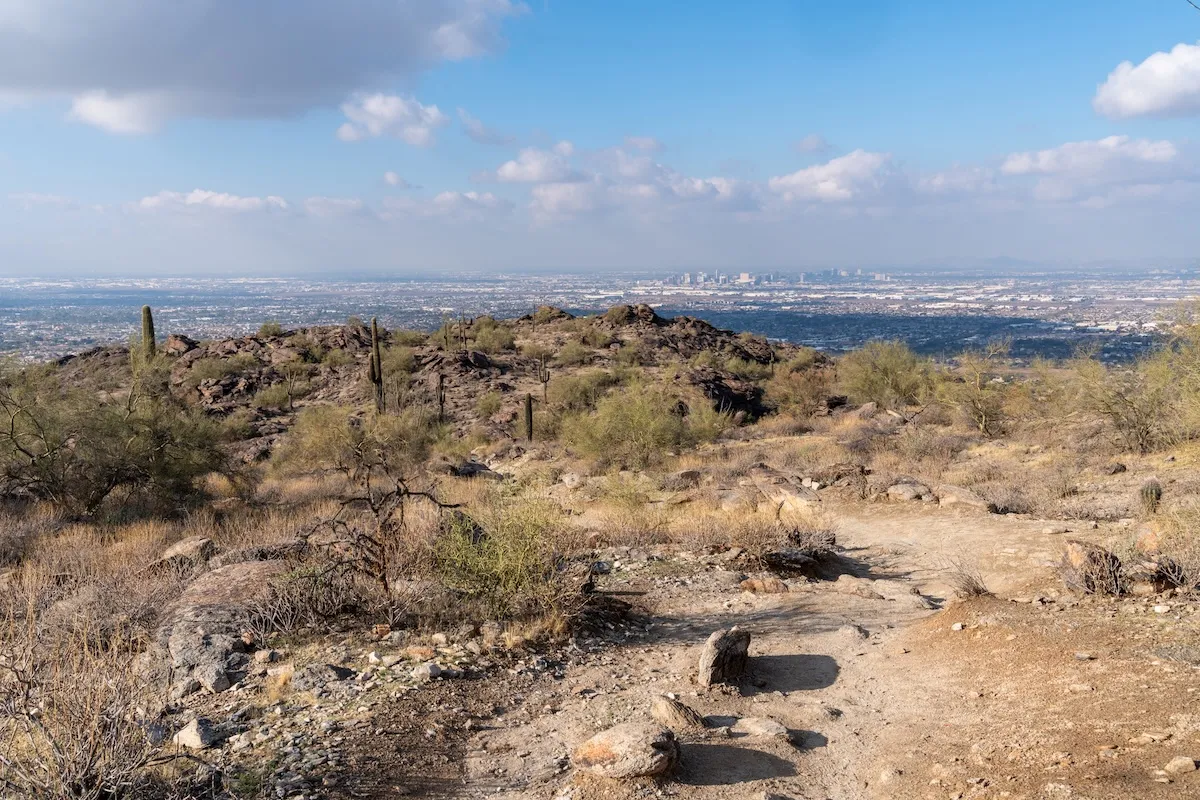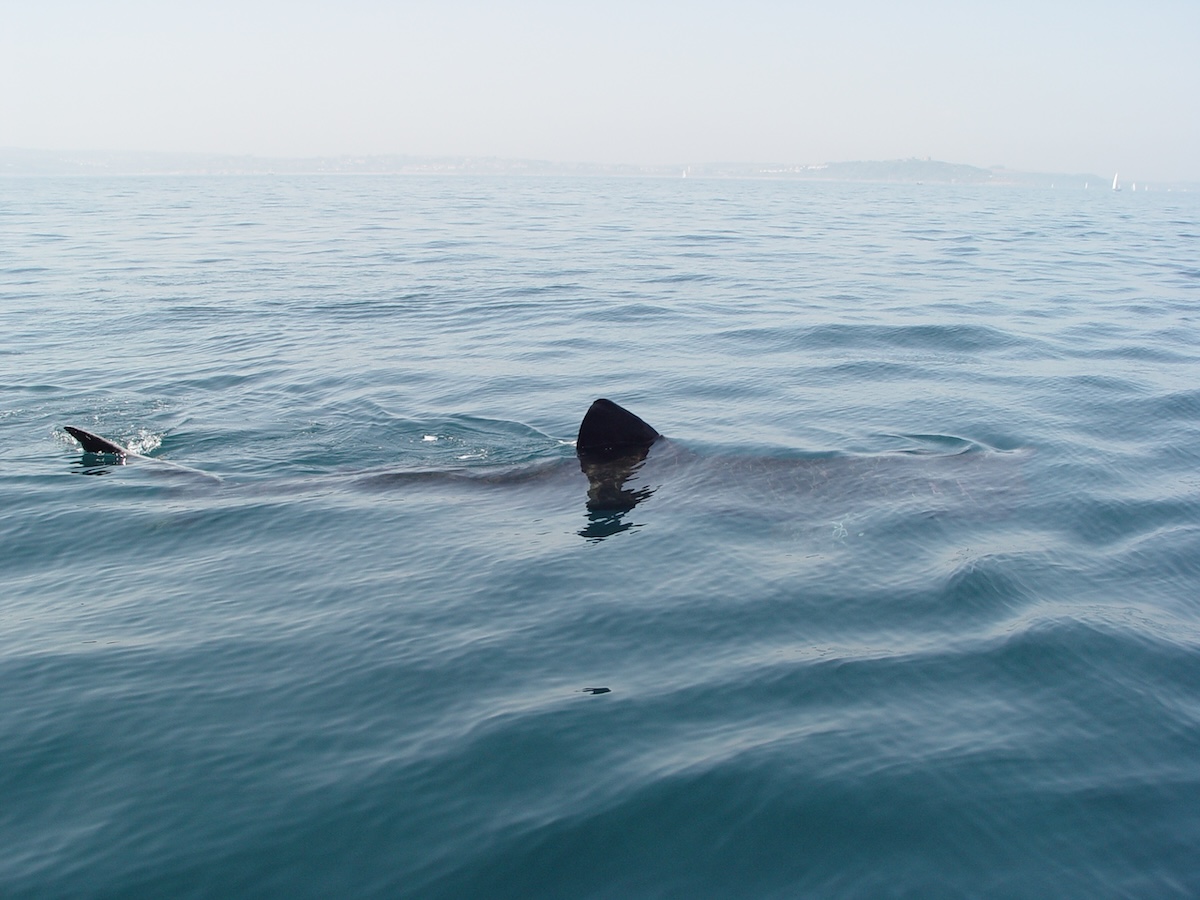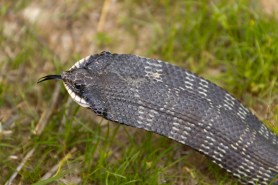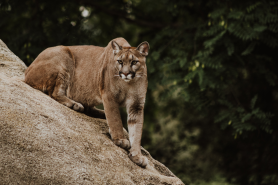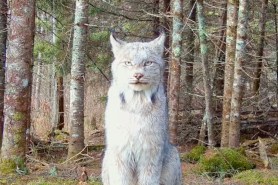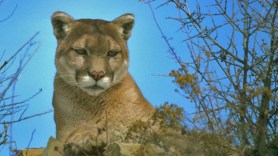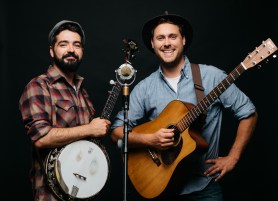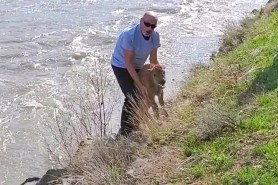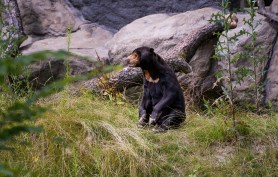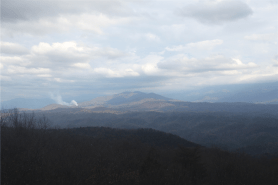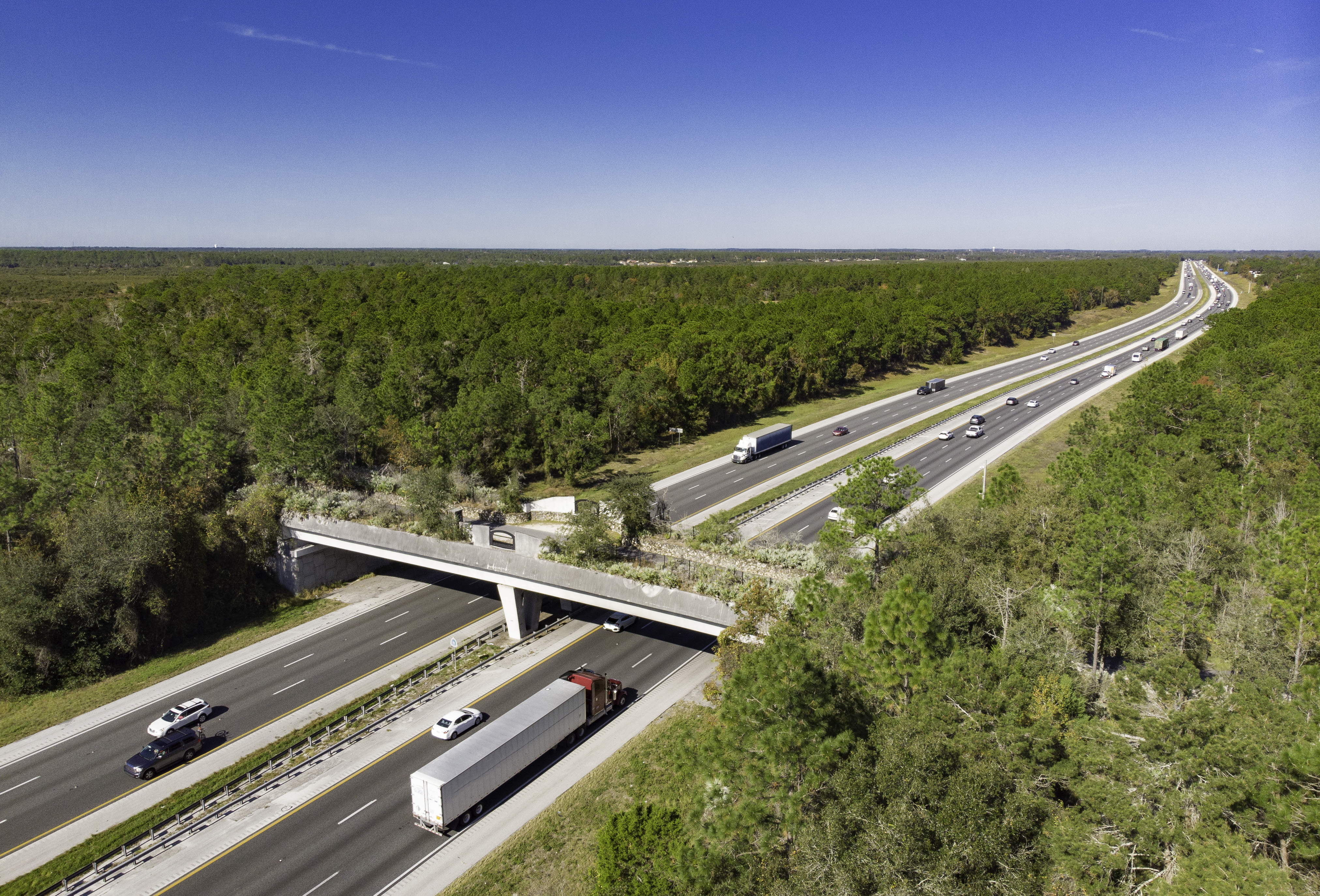

Los Angeles is known for its car-packed highways crawling in and out of the city. The 101 Freeway may be one of the most iconic, with thousands of drivers daily using the road. However, for animals, it can be a nightmare.
Videos by Outdoors
The highway cuts through wilderness areas and is a giant wall between habitats, food access, and potential mates. Wildlife from mountain lions to foxes and deer attempt to cross the road, with the results often being fatal.
However, this could all change with a new wildlife crossing under construction in Agoura Hills, California. The city in LA County sits just west, with the 101 cutting through the Santa Monica Mountains. Once completed, the project will be the largest wildlife crossing of its kind, providing a safe route over a buzzing highway. Construction should continue until 2025.
California is far from alone in its plans, as states all over the country are currently working on safe passage for animals over long-standing roadways. With increasing populations in the western U.S., these passes are needed more than ever, which leads some to question why they’re not more common. Not only do they protect wildlife but they also keep drivers safe as well, with fewer animals darting across dangerous roads.
An Adorable Crossing in Utah
This year, wildlife crossings saw newfound appreciation after Utah’s Department of Transportation shared a video of baby animals making their way safely across the roadway. The video landed thousands of likes and ended up with news coverage.
Wilderness areas make up a lot of Utah’s land. The state is a hub for outdoor recreation with five national parks and countless snowy mountain peaks.
State officials confirmed there are 119 safe crossings for animals in the state. Many are culverts or underpasses, but there are also overpass bridges. The majority of the crossings are designed to keep mule deer off the road.
While conservation is part of the effort, vehicle collisions with wildlife also rank in the thousands. In 2011, Utah had 2,391 documented crashes with wildlife. Fortunately, more than 90% of those wrecks didn’t result in injured people, but the risk is always there.
Idaho Joins the Wildlife Overpass Club
Just north of Utah sits another outdoor paradise in Idaho. While the state has wildlife underpasses, a significant project is in the works to build its first wildlife crossing overpass.
Local media reports the project on Highway 21 near Boise has been in the works for years, but construction just began this summer.
“Protecting people and protecting wildlife is basically what this project is all about,” said Scott Rudel, the Environmental Planner for the Idaho Transportation Department to Boise’s ABC affiliate.
The state saw positive results with a project a decade ago that was an underpass that dramatically reduced wildlife and vehicle collisions.
Not Just the West
The issue with wildlife and roadways doesn’t end in the west. Minnesota’s Department of Transportation says insurance provider State Farm ranks them in the top-12 riskiest states for vehicle collisions with deer. The state sits 11th in the nation, with West Virginia claiming the crown of riskiest for vehicle-deer crashes.
Minnesota officials focus heavily on multi-purpose structures like culverts for animals to find safe crossings to combat this. The effort is compared to a standalone wildlife crossing bridge like the one highlighted in Utah. There are 170 “wildlife passage benches,” which are trails under bridges to allow animals to cross safely.
Safe crossings for wildlife are also found in states where you don’t imagine thick wilderness, such as Texas. Texas built numerous underpasses for the endangered ocelot, a small feral cat that calls the southern part of the state home. The Lone Star State’s DOT says they have 32 wildlife crossings, with the vast majority located near the border.
Advocating for More
So, how do you get more wildlife crossings to be built?
Many of these projects are fueled by advocates, whether at the state or federal level. Groups like The Wildlife Society support these projects by working with other outdoor-focused organizations and raising awareness.
In a study they shared, nearly 200 people died from collisions with wildlife in 2018. The organization worked in 2020 to help bring the current federal transportation plan to fruition, funding more crossings.
In the meantime, if anyone believes they know a troublespot for people and wildlife, it’s best to reach out to local lawmakers and representatives who can decide where more improvements could be made.
